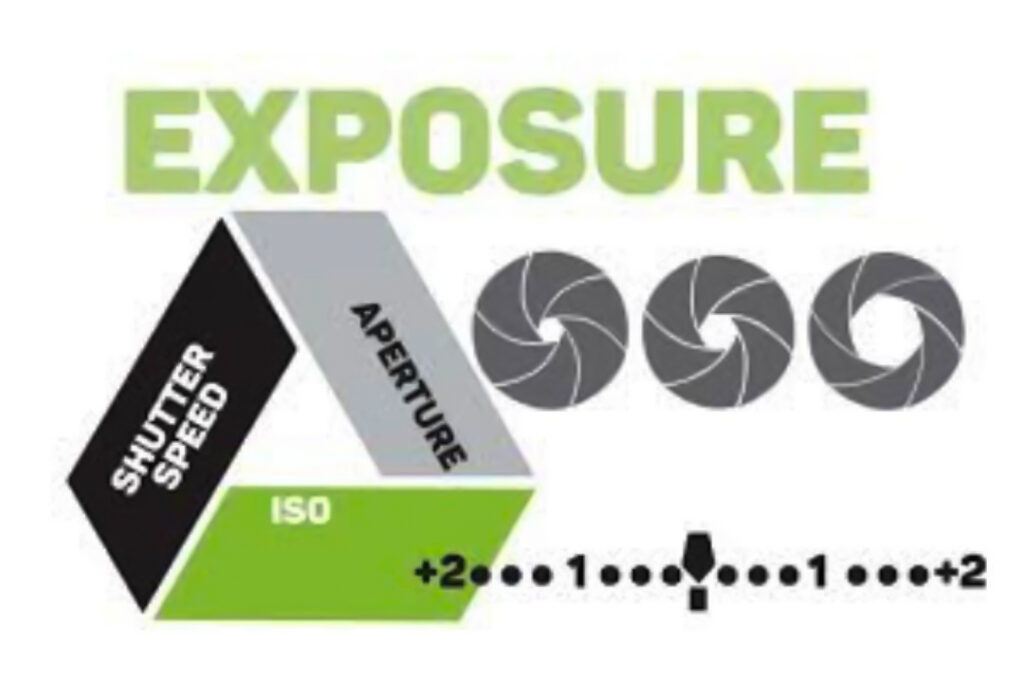Let me tell you, in the field of Photography, exposure is master key to capture a great image. Let us learn how exposure works and how it will help you to take total control of your camera and take better photos. Shutter speed, Aperture and ISO are the key elements that combine to create an exposure. As you’ll learn, these elements have an effect and different impacts on more than the exposure. They also helps in depth of field, motion blur0, digital noise etc. If you understood how each one perform their work, then you'll be able to start dive into manual mode. This the moment when you take a full control on your camera. Combination of all these three setting is known as the “exposure triangle" and it is a great way to remember the three settings. When all these three setting is use in proper manner, they control the amount of light captured by a sensor from any given scene. This will help you understand what setting you need to change to capture the picture which you have thought in your mind, these all three setting lead to understand what setting need to change after one another. Read here for all the information you need on the exposure triangle.
Exposure happens in three steps. We are going to start with the aperture. This is the opening inside the lens, through which it allows to pass the light. It’s quite similar to the pupil of your eye. The wider the aperture, the more light is allowed to enter and vice versa. As the aperture widens, the f/number gets lower and more amount of light is allowed to enter into the camera. This seems great in low-light conditions. But you have to be aware that it’s going to make the depth of field very shallow or you can say blurry background. This is not ideal when taking landscape photos, it is moreover using while clicking model portrait to make the background blurry to make focus on the model. So this is a short summary about aperture but I will go into full detail about it furtherly. The aperture is the preferred setting to set first, as it directly influences how much of your scene is in focus. But, on the other hand, if you are looking to create motion blur, then it is second to the shutter speed.
Exposure will be much easier if you can memorize the f/stop scale. The scale is as follows: f/1.4, f/2, f/2.8, f/4, f/5.6, f/8, f/11, f/16, f/22.
The role of the shutter starts when the light passes through the aperture of the lens then light reaches the shutter of the camera, then it's your call how much amount of light you want to enter in the camera. Basically, you only want a small fraction of a second to prevent your picture to get motion blur. shutter speed such as 1/250. however, every situation compliments different shutter speeds according to the speed or motion of your subject. we generally really fast shutter speed such as 1/4000 for photography like sports photography and a really slow shutter speed like 30 seconds for night photography such as to create light trails. Get to know about the shutter speed of your camera is the key element of photography.
Showcasing slow shutter speed light trail
Showcasing freezing moment of Tiger using high shutter speed
ISO is like the third stage of light, which means once light enters the aperture and then filtered by the shutter speed then it reaches the sensor of the camera. Here we decide how to set the ISO according to the external light or natural light. As you increase the number of ISO, you will increase the brightness of the image, but it has its own drawback, it decreases the image quality, it creates a digital noise in the image which is also known as “Grains". So, its your call to choose ISO according to your priorities, brightness or grains accordingly.
What is Exposure? How it is important in Photography?
Aperture
Shutter Speed
ISO
Exposure of Camera

